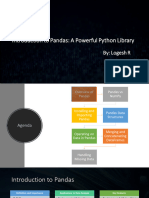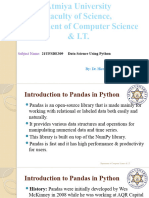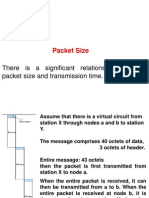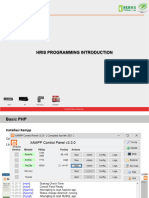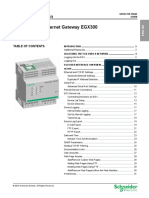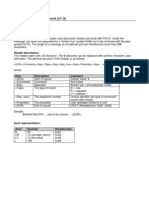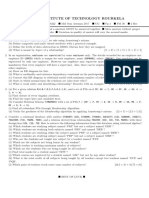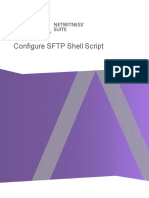0% found this document useful (0 votes)
38 views8 pagesPandas
Pandas is a powerful Python library widely used in data science for data manipulation and analysis, providing structures like DataFrame and Series for handling relational data. It simplifies tasks such as data cleansing, merging datasets, and statistical analysis, making it essential for data preparation and exploration. Common applications include data cleaning, visualization, machine learning, and financial analysis, with its data structures built on top of Numpy for performance.
Uploaded by
usawant163Copyright
© © All Rights Reserved
We take content rights seriously. If you suspect this is your content, claim it here.
Available Formats
Download as PDF, TXT or read online on Scribd
0% found this document useful (0 votes)
38 views8 pagesPandas
Pandas is a powerful Python library widely used in data science for data manipulation and analysis, providing structures like DataFrame and Series for handling relational data. It simplifies tasks such as data cleansing, merging datasets, and statistical analysis, making it essential for data preparation and exploration. Common applications include data cleaning, visualization, machine learning, and financial analysis, with its data structures built on top of Numpy for performance.
Uploaded by
usawant163Copyright
© © All Rights Reserved
We take content rights seriously. If you suspect this is your content, claim it here.
Available Formats
Download as PDF, TXT or read online on Scribd
/ 8














